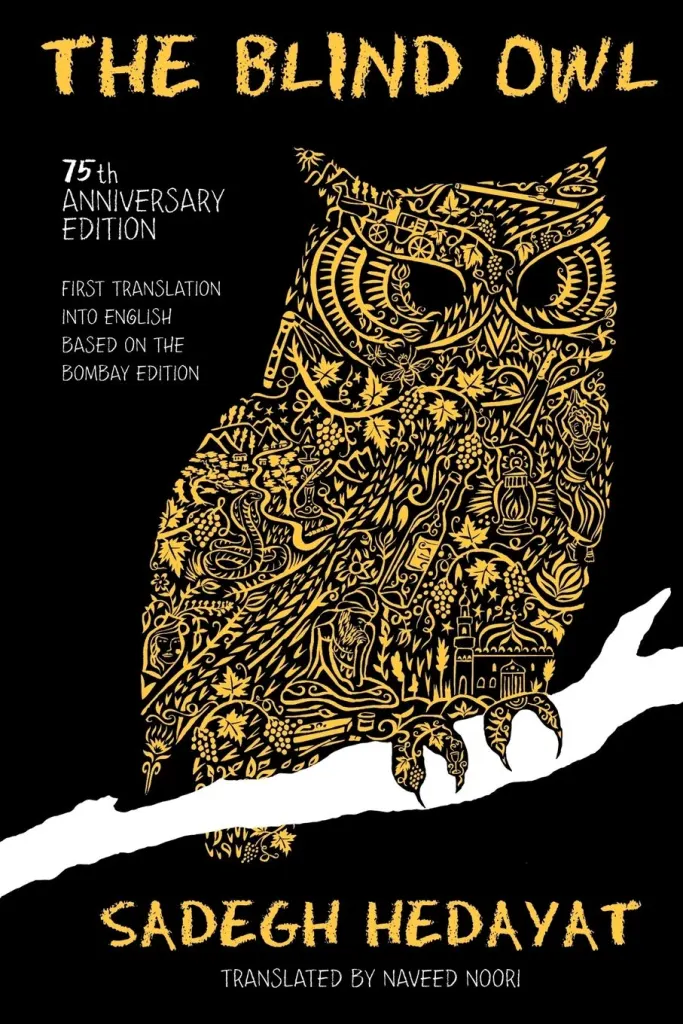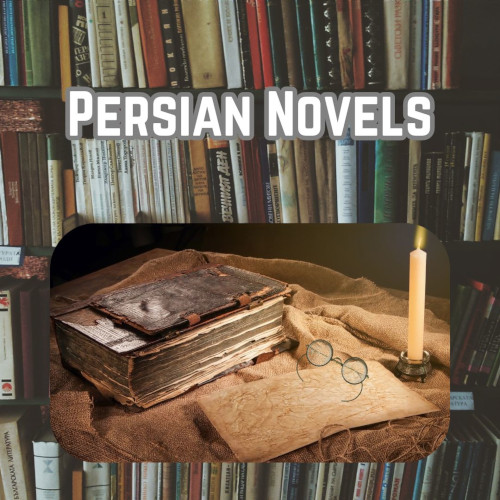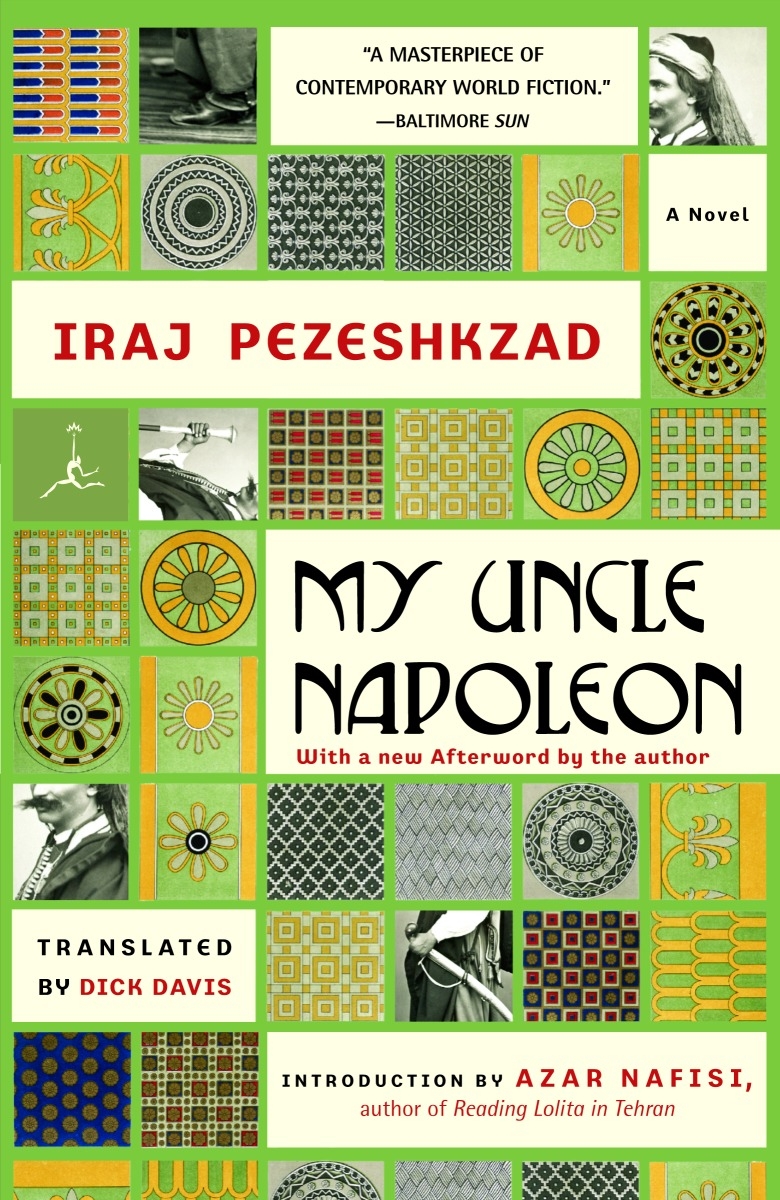The Blind Owl (Buf-e Kur)

Author: Sadegh Hedayat
Genre: Literary fiction
Publication Year: 1937
The Blind Owl (Buf-e Kur) by Sadegh Hedayat is one of the most haunting and influential works of Persian literature. First published in 1937, this novel is celebrated for its complex exploration of psychological despair, existential angst, and surrealism. Written in a deeply poetic, stream-of-consciousness style, The Blind Owl immerses readers in the dark, fractured mind of its unnamed narrator, who grapples with profound grief and alienation.
Description
The Blind Owl follows a solitary narrator as he recounts his unsettling, dreamlike memories and obsessions. Living in isolation, he is haunted by a series of cryptic visions involving a woman with piercing eyes, a shadowy figure, and motifs of death and decay. As he recalls and retells his experiences, the lines between reality and fantasy blur, creating a nightmarish world of unresolved emotions and unanswered questions. The imagery in the novel is vivid and haunting, filled with dark symbols like owls, flowers, and knives that evoke a sense of doom and inevitability.
The narrator’s psychological turmoil reflects a world that seems both familiar and surreal, as he confronts questions of identity, mortality, and the meaning of existence. His spiraling monologue reveals both the profound isolation he feels in life and his unyielding search for a deeper truth, which may be forever out of reach.
Review
The Blind Owl is a deeply introspective and unsettling novel that lingers in the mind long after the final page. Sadegh Hedayat’s writing has a hypnotic quality, drawing readers into the narrator’s psyche and creating an immersive experience that is as disorienting as it is compelling. Hedayat’s prose is poetic, filled with rich, symbolic language that speaks to universal themes of love, death, and despair. The novel’s tone is darkly beautiful, evoking a surrealist painting where reality, memory, and imagination merge into one.
One of the most striking aspects of The Blind Owl is its ability to capture the feeling of existential dread and psychological fragmentation. As the narrator unravels, so does the narrative, becoming less linear and more hallucinatory. This mirrors the narrator’s descent into madness and leaves readers questioning what is real and what is a projection of his troubled mind. It’s a challenging read, but those who embrace its ambiguity will find layers of meaning in every page.
Hedayat’s novel is sometimes compared to the works of Kafka or Dostoevsky for its exploration of the human psyche and existential suffering. Yet, The Blind Owl is distinctively Persian, drawing on themes of Persian mysticism and the unique cultural backdrop of Iran. It serves as both a deeply personal expression of Hedayat’s own struggles with depression and a universal reflection on the human condition.
Despite—or perhaps because of—its dark subject matter, The Blind Owl has resonated with readers around the world. It captures feelings of alienation and despair that are universal, yet Hedayat’s unique voice makes it a work of art that feels distinctly Persian. It’s a novel best approached with an open mind and a willingness to sit with discomfort, as it raises profound questions about existence and the nature of reality that defy easy answers.
In sum, The Blind Owl is an extraordinary, challenging work that confronts readers with the depths of the human soul. It’s a novel that doesn’t just tell a story but creates an experience, one that compels readers to look into the darker corners of their own consciousness. For anyone interested in literary works that explore the surreal, the psychological, and the existential, The Blind Owl is an essential and unforgettable read.



